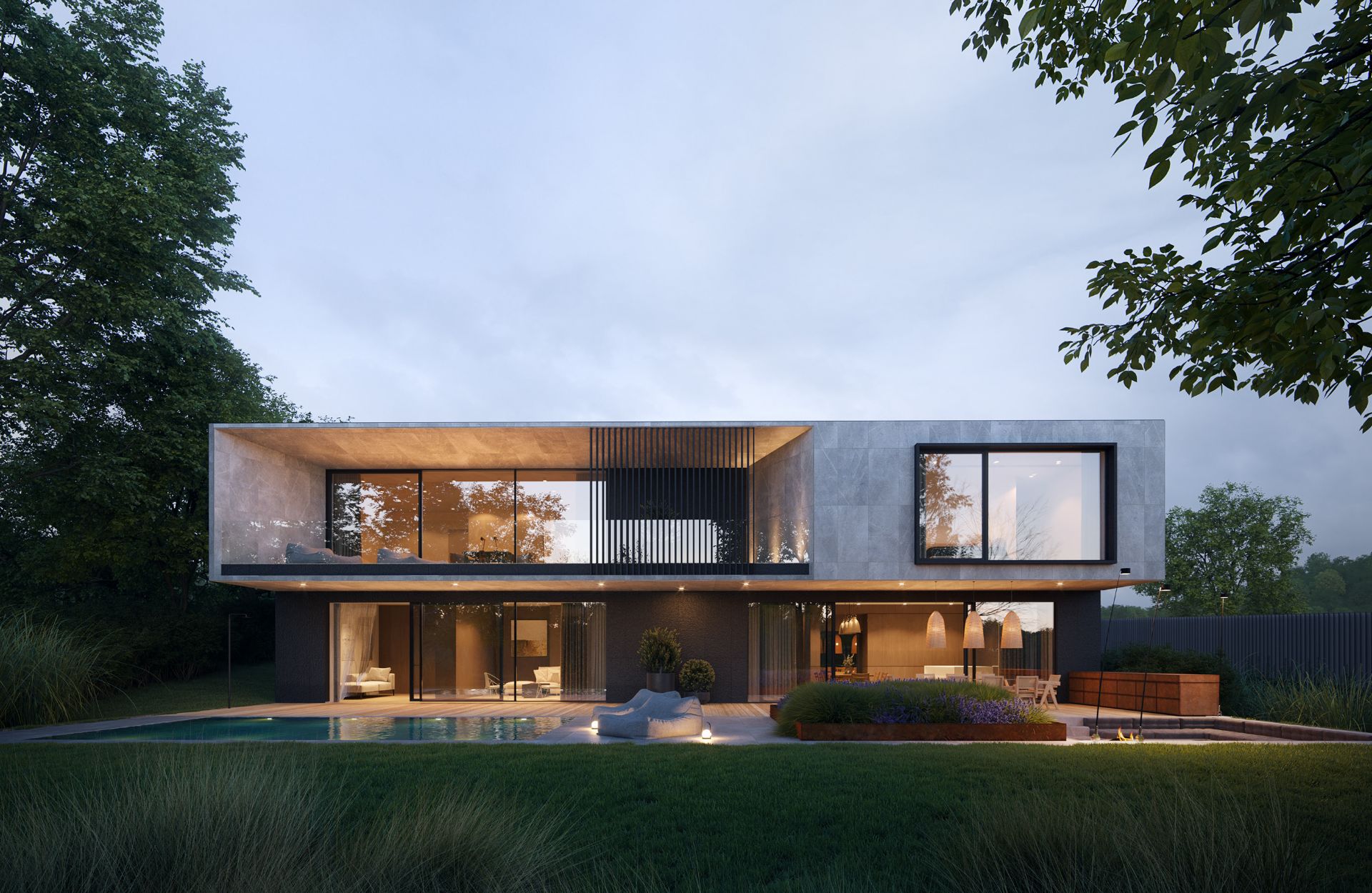LCA And Its Early Integration To The Design Process
Architecture always tries to answer recent problems by developing new design strategies and collaborating with new tools. Especially in the recent years, climate change and shortage of resources became global issues that affect all sectors and lead them to take precautions. Also new approaches in architecture are shaped by taking into account that these issues, and new considerations are occurred in design stages. In several sources they mention the built environment is responsible for one third of the Global Greenhouse Gas (GHG) emissions and more than 40% of the World’s primary energy demand. Especially after the global effects of built environment are taken into consideration, it is evident that architects have an important role.
Efforts to reduce GHG emissions mainly focused on the use phase of building. These measures have successfully reduced the operational energy demand and the limits for the energy optimization in the use phase have mostly been achieved. For new designs, embodied GHG emissions related to the material production, construction, maintenance and end of life at buildings account for half of the total emissions. In this regard, new efforts started to include Life Cycle Assessments (LCA), mostly at the end of the design phases. In order to create meaningful difference on environmental effects of architectural designs, architects should make the new ecological needs central to their form finding and they should apply LCA at the very beginning of the design process since it is related with material and geometry of design.
Integrating LCA into the early design process is challenging due to its complexity and the fact that it is typically conducted at the end of the design phase by professionals. However, early design decisions, particularly related to material selection and load-bearing systems, can significantly impact a building’s environmental footprint, even before detailed design work is complete. Architects have the potential to make substantial reductions in a building’s life cycle impacts through these decisions. Indeed, it is crucial to establish a streamlined process for integrating LCA, especially for architects, so they can effectively use the assessment as a decision-making tool in their design processes.
In recent years, LCA software tools such as One Click LCA and parametric tools like Bombyx (developed by ETH Zurich) have emerged to streamline the LCA process in design, making it faster and more accessible for architects and professionals who are not LCA experts. These tools can integrate with design softwares such as Revit, Rhinoceros, and Grasshopper. They provide real-time results, optimization capabilities, and the ability to explore various design alternatives—features that greatly enhance the integration of LCA into the architectural decision-making process.
This is important when designing from a sustainable perspective. In addition, there are several green building certification systems—such as LEED and BREEAM—that help verify a building’s sustainability and its environmental impact. Although certification providers can conduct LCA studies, these are typically done after the detailed design phase, when only material choices can be evaluated. However, key factors like the building’s geometry, placement of openings, and certain building systems can significantly influence environmental performance and are determined much earlier in the design process. Therefore, it is essential for architects to integrate these assessments into the early stages of design to make more impactful and informed decisions.


